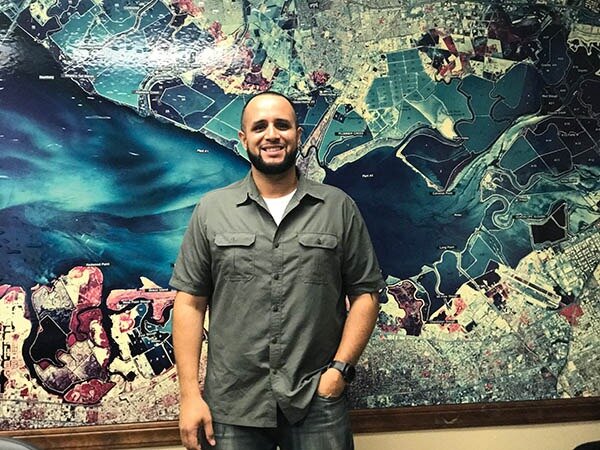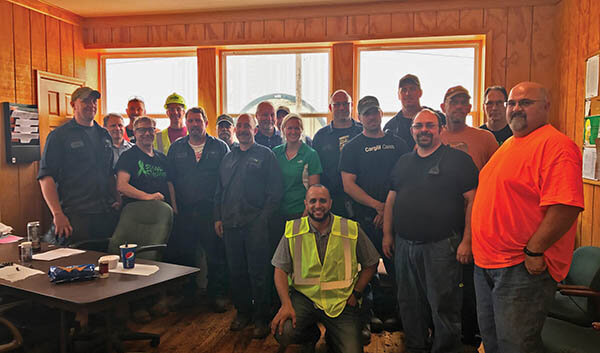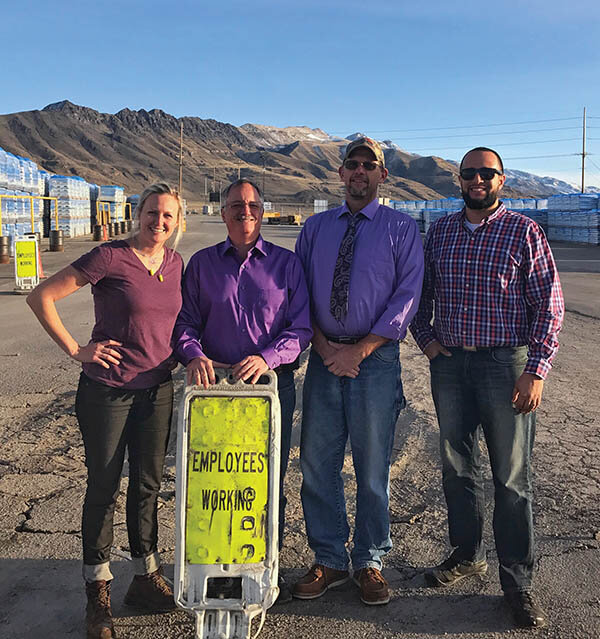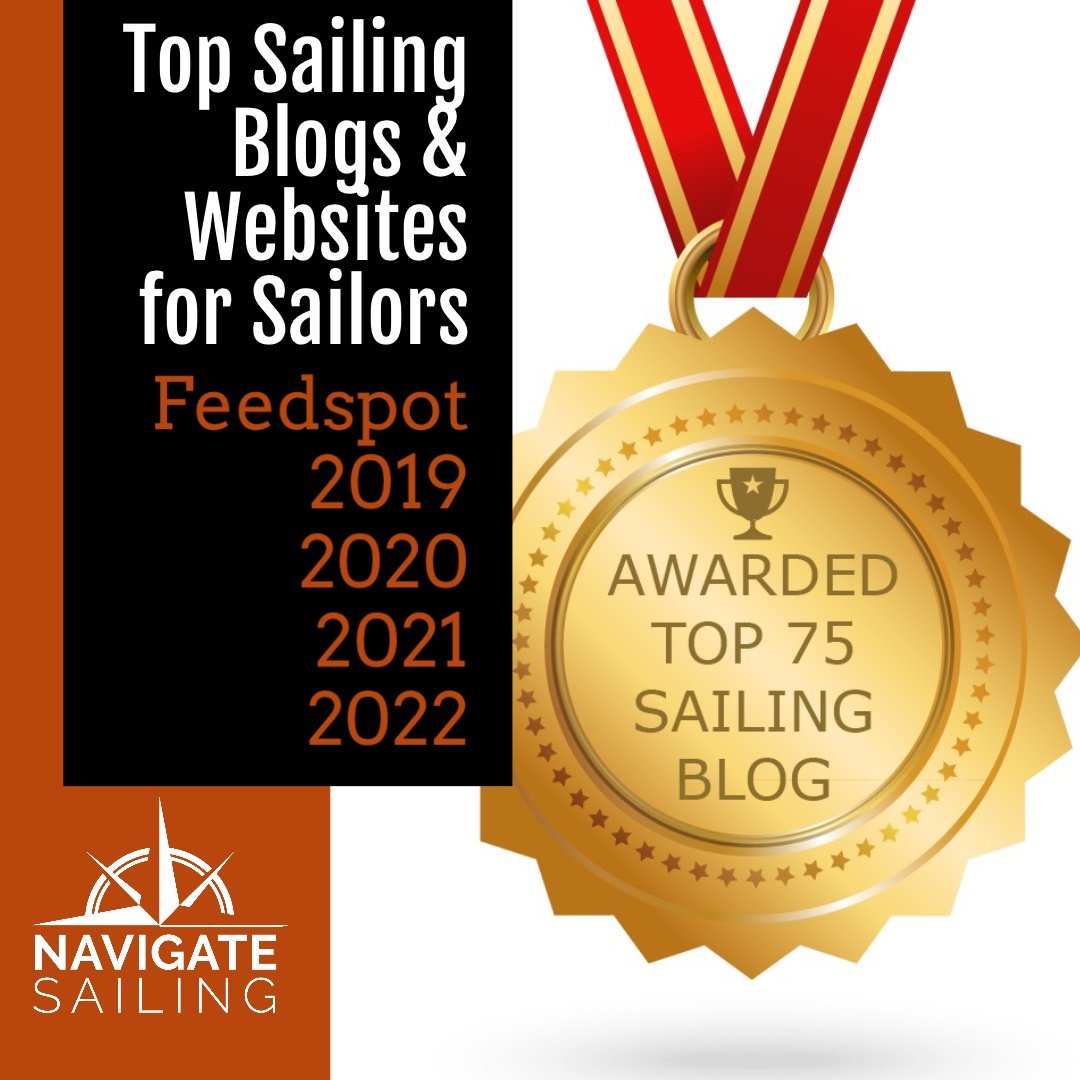Filling the Skills Gap in Reliable Manufacturing
/This maintenance and reliability leader builds successful programs while leveraging key skills and making sure all bases are covered while he helps to fill the manufacturing skills and talent gap.
By Michelle Segrest, Navigate Content - Reporting for Efficient Plant Magazine



George Parada has a knack for filling the gap.
While building expertise in development and change management, he began to also develop a sixth sense about what was missing. “When you think about implementing reliability, change management is so important,” said Parada, CMRP and the maintenance and reliability leader for Cargill Salt Inc., Newark, CA.
“You have to know how you are going to manage your stakeholders and understand what is the communication plan for each individual. When I think about development, I always consider the skills my team needs and resources to be successful. It’s important to have a team purpose, team commitment, and clarification of goals. I absolutely love to bridge gaps for our employees and give them the tools—whether its education, resources, etc.—that they all need to improve reliability and safety within the plants.”
The power of collaboration is tremendous, he said. “Our team’s summer reliability engineer intern role-modeled collaboration during her short tenure with several individuals within the organization to effectively execute her project. Even in my current role, during the first 90 days, I spent a lot of time reaching out to other reliability leaders within the company about what they were doing and what they were doing to drive reliability within their businesses. The sharing of best practices helps to build a greater perspective to solve a greater problem. Someone has already either started the effort or has a solution that you can learn from.”
Targeted Reliability Improvement Programs
Each program that Parada develops and implements begins with identifying the gaps.
“I have a passion for ensuring that people have a good skills-development process in place so that they can effectively do their jobs,” he said. “What we found is that we had several gaps in several areas that we needed to beef up to maintain our facility effectively. We could see some gaps in maintaining key equipment and other areas of PM. So we started with gap assessments. Then we followed up with training for the crafts.”
This led to the development of an effective apprenticeship program in Parada’s previous role as maintenance manager. “We partnered with one of the local community colleges here in Oakland,” he explained. “We put a couple of employees through the program, too. Some were operators within the plant who didn’t have maintenance experience but had that mechanical aptitude and desire to join maintenance.”
The program was launched and then the concepts were shared with other facilities. The same concepts were considered and applied when Parada came into his current role as reliability leader. “It really took off when we put together a program, not just for our maintenance people but for our new engineers and supervisors across the facilities. We wanted to make sure they understood several aspects of reliability, operations, engineering, and maintenance.”
The participants experienced a five-day boot camp that covered all aspects. It also included hands-on classes. With an added layer of sustainability goals, Parada wanted to ensure that future plant leaders would have enough technical knowledge to effectively make decisions and learn techniques to drive accountability in the plant.
Another program being developed by Parada’s team was conceived when they identified preventive-maintenance inconsistencies across plants. “When you think about an effective reliability program, it really needs to be right sized so that you are not spending too much on maintenance costs but you are also not spending too little. This must all be in relation to production losses and plant productivity,” he stated.
The team is working on developing a standard for all facilities that determines the right amount of maintenance spending as it pertains to frequencies and types of preventive tools, such as infrared, ultrasound, and vibration analysis. “This really gives solid guidance for how to do the right work right and not come up short,” Parada explained. “You must address failure modes, implement root-cause analysis, and take action to fix these problems once and forever.”
Another program was developed to address gaps in the electrical systems and installation standards that were leading to electrical incidents and near misses.
“We have installed an inspection program where our Electrical SME visits locations and identifies opportunities. We can then develop specific plans that address these items within a certain period of time, depending on the criticality of those findings.”
Parada added that programs such as this drive awareness, accountability, and education and help to identify plans for effective maintenance budgets moving forward. “We have definitely seen some benefits that provide great awareness for our people,” he said. “We are instilling data-driven decision making to focus on the right work. We have seen improvements in several of our facilities where they are starting to change behaviors of where they spend their time because they see there is benefit in focusing on driving reliability improvement.”
Finding Inspiration for Maintenance & Reliability Leadership
Parada’s interest in understanding how machines work and why they work began at an early age.
“When I went to school to study mechanical engineering, I didn’t realize I would end up in the maintenance and reliability field,” he said. “I wanted to design machines. Even as a child I had a passion for understanding how things work.”
While working as an operations supervisor at Cargill many years ago, he developed a strong interest in the maintenance arena.
“I wanted to understand root causes for the failures I was experiencing with the equipment,” he said. “I consistently partnered with maintenance to find permanent solutions for these problems. This was a key foot in the door for me to eventually getting the opportunity to move to maintenance.”
While identifying gaps within the skills of his team and the programs he develops, he continues to focus on the power of change. Parada said he draws inspiration from a Charles Darwin quote: “It is not the strongest of the species that survive or the most intelligent that survive, it is the most adaptable to change.”
Success is all about change and being adaptable, Parada said. “We are going to be faced with ambiguity at times and we must be resilient and remain optimistic. Sometimes my wife tells me I am too much of an optimist because I always look at things from a positive light. But I believe it’s pointless to worry and let a challenge in our life or work hold us back. Perhaps one particular goal didn’t fit with a person’s skill set. We need to make sure that we are leveraging our people’s strengths and continue to have development discussions. If we take care of our employees they will take care of the customer.”
George Parada’s Top 5 Tips for Maintenance & Reliability Professionals
Assess the skills gap within your teams and once you do, take action to close those gaps.
Lubrication excellence needs to be foundational to any successful maintenance program.
Focus on your “bad actors” (equipment) in the plant and make sure the maintenance strategies you are doing are actually addressing the failure modes.
Use the CMMS tools available to you and have good governance processes in place to drive the right behaviors to document work that drives effective decision making.
Establish key performance indicators that will help your reliability program drive accountability within your organization.
Michelle Segrest is President of Navigate Content, Inc., a full-service content creation firm. She has been a journalist for more than three decades and specializes in covering the people and processes that make a difference in the industrial processing industries. Contact her at michelle@navigatecontent.com



















